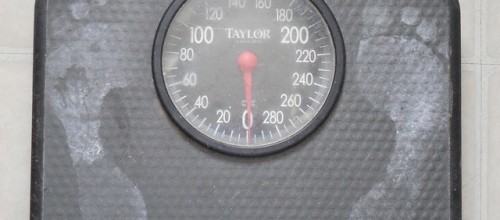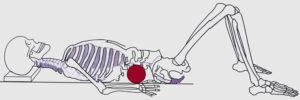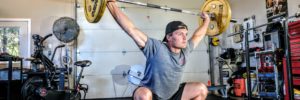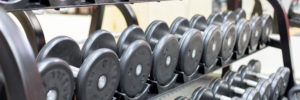
What is Bioelectric Impedance Analysis and How Accurate is it?
So, this is a bit of a different post but part of a little homework assignment ‘Alex McKechnie’ is having me do for my internship. (Note: Alex wanted me to do some research on this topic and I thought I would just re-educate myself and whoever else is interested on this topic).
Now, for those of you that don’t know what Bioelectric Impedance Analysis is, it’s a method of measuring and predicting body composition. (Body composition is a key factor in health related physical fitness and it may be defined as the study of the relative proportions of fat, bone, muscle and other vital components of the body (ACSM, 2014b; Beam & Adam, Heyward, 2010)). The Bioelectric Impedance Analysis estimates body fat % by measuring the resistance to an electrical current being passed through the body. The Bioelectric Impedance Analysis will measure the opposition to current being passed throughout the body. The current is administered usually at the hands and feet and it involves someone usually holding and standing on some sort of scale/scanner. Once, the current is administered, it will begin traveling among the body’s water, containing electrolytes. (Note: the body’s electrolytes conduct electrical current).
Since our muscles contain more electrolytes, electrical current will flow through the body more easily.
So, that means More Muscle Mass = More Electrolytes = Less Resistance to Electrical Current = Lower Body Fat %.
However, individual’s with a higher body fat % and less muscle mass means that they will have less electrolytes. Adipose tissue has a lower water content and this makes it a poor conductor of electrical current.
High Amounts of Adipose Tissue and Low Muscle Mass = Less Electrolytes/Water = Greater Resistance to Current = Higher Body Fat %
Now, it’s almost important to note that the ACSM (2014) states that body fat estimations through Bioeletric Impedance Analysis can be altered dramatically through the use of exercise, diuretics, medications, eating, etc. For example, if someone drinks a coffee and then goes to workout right after, they are going to lose a significant amount of water and electrolytes. By losing water and electrolytes, the body will have a tougher time moving electrical current through it. Therefore, it’s important to avoid the use of diuretics, medications or exercise before attempting to use the Bioelectric Impedance Analysis.
Once, the Bioelectric Impedance Analysis conducts it’s assessment and determines the opposition to current flow, it can then be put into a theoretical equation model to estimate Fat Free Mass and Total Body Water. The theoretical model usually consists of things like age, date of birth, height, weight, physical activity level, etc. All of these are eventually put into a general or specific algorithm.
With all the being said about Bioeletric Impedance Analysis, there are pros and cons to this method of body fat assessment. First we will begin with the pros:
Pros
- It’s non-invasive and therefore that means we don’t have to cut anyone up or do any injections.
- It’s very quick to conduct. Usually only takes about a minute or two, depending on the type of machine.
- Does not require a high-degree of technical skill to perform. That means almost anyone can use these machines.
- Can indicate direction of change over time. (E.g., Being tested a few times throughout the year may determine any changes in Body Fat)
- Can be used a baseline measurement
- May be used as an additional tool to assess hydration levels
Cons
- Can be fairly expensive depending on the type of machine. Some machines may be cheap, some VERY expensive.
- Is not considered the ‘gold standard’ and is not used as a ‘reference based assessment’
- Is only a predictive measurement and won’t give you an accurate magnitude of change over time
- The equation models are based on theoretical assumptions and nothing is proven
- Published Bioelectric Impedance Analysis equation have an error range of about +-8% as stated by Wells et al. (1999)
- They are no better than predicting body fat % than skinfold measurements
- Doesn’t directly assess Fat mass, it only predicts it through Fat Free Mass
So, there you have it, those are some of the pros and cons associated with the Bioelectric Impedance Analysis, as well as some information about it. In my opinion, it’s not a great tool for assessing body fat % but if there is one or two things I do like about it, it’s that it is easy to administer and it can give you baseline readings from which you can indicate any direction of change over time. Ultimately, I wouldn’t go out and spend anything over $5000 on one of these things but if you can find a cheap one for a few hundred bucks then it may be worthwhile.
All the best to your body fat assessments 🙂
Remi











